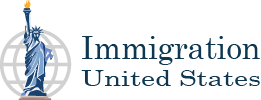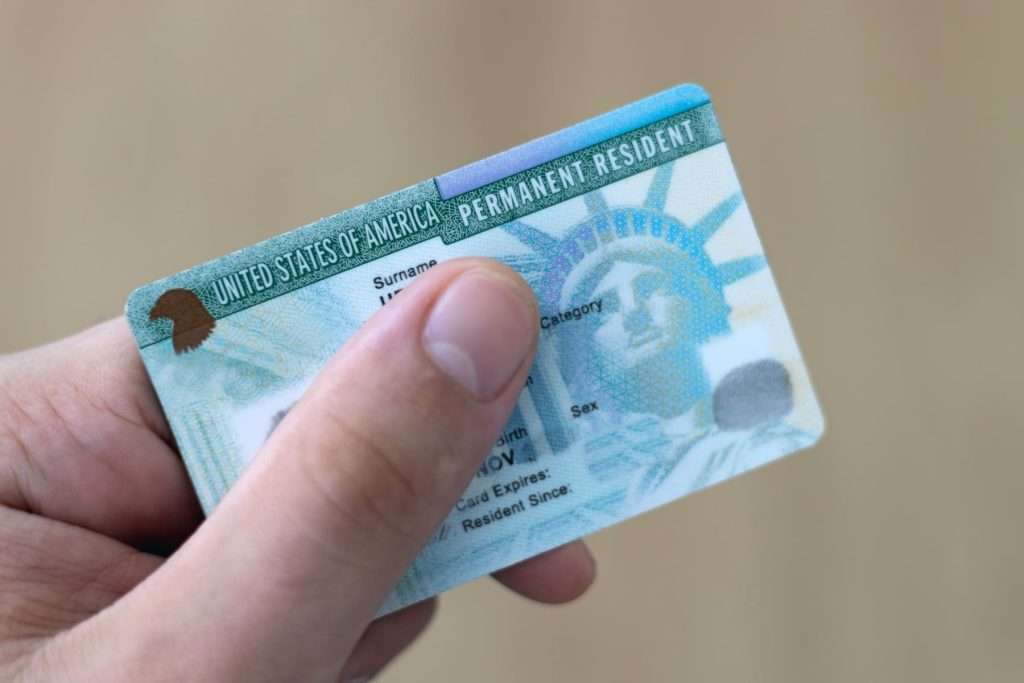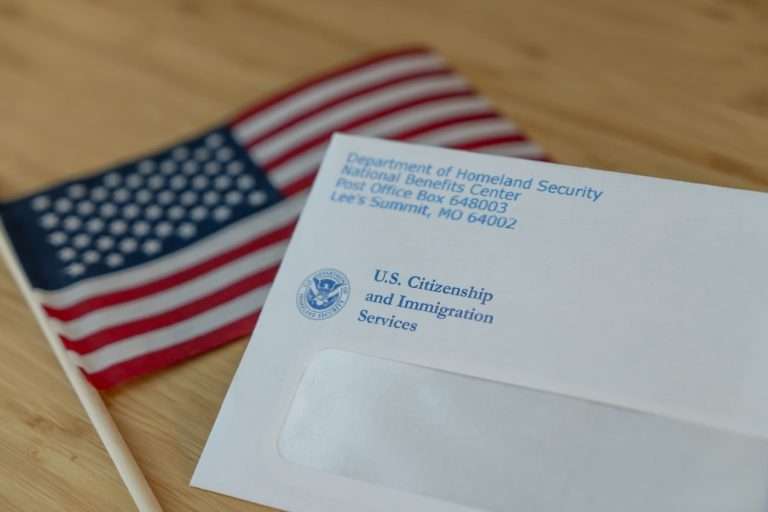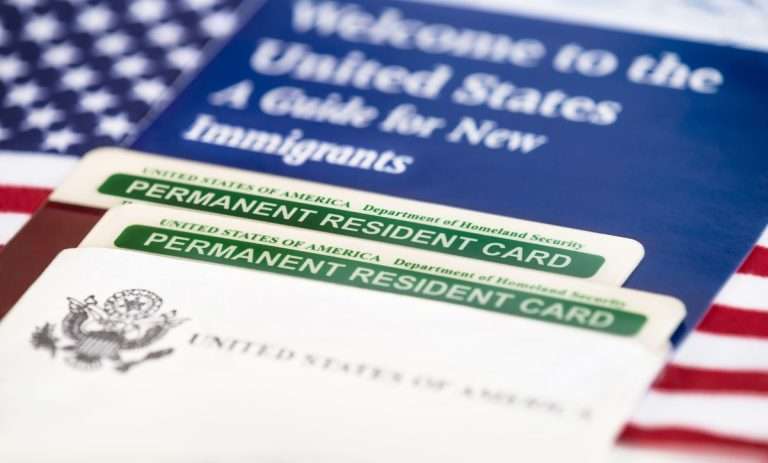The United States remains one of the most sought-after destinations for those seeking job opportunities abroad. For individuals outside the country, obtaining a work visa is the first step toward achieving the dream of living and working in the U.S. However, navigating the American visa system can be complex due to eligibility requirements, documentation, and procedures.
This guide provides a detailed overview of the steps, challenges, and opportunities involved in applying for a U.S. work visa from abroad.
Understanding U.S. Work Visas
Work visas are non-immigrant visas granted to foreign nationals to legally work in the U.S. for a specific period. They are generally tied to a job offer from a U.S.-based employer and are issued for specific roles or industries. Some of the most common categories include:
H-1B Visa
For individuals in specialty occupations requiring at least a bachelor’s degree, such as engineers, IT professionals, and architects. This visa is employer-sponsored and subject to an annual cap.
L-1 Visa
Allows employees of the same company to transfer to the U.S. to perform managerial or specialized knowledge roles in a branch, affiliate, or subsidiary.
O-1 Visa
For individuals with extraordinary ability in fields like science, arts, education, or sports. Applicants must demonstrate exceptional achievements in their area.
E-2 Visa
For investors or entrepreneurs from treaty countries who make a substantial investment in a U.S. business.
H-2B Visa
For non-agricultural temporary workers in industries such as hospitality, construction, and landscaping.
Each visa has specific eligibility criteria and application procedures, so it’s crucial to understand which best suits your qualifications and job offer.
Steps to Apply for a U.S. Work Visa from Abroad
Applying for a U.S. work visa from outside the country involves several steps. Here’s a detailed guide:
Secure a Job Offer
The first step is to obtain a valid job offer from a U.S. employer. The employer must be willing to sponsor your visa application and provide supporting documentation, such as a detailed job description and proof they can pay your salary.
Employer Files a Petition
Once you have a job offer, your prospective employer must file a petition on your behalf with U.S. Citizenship and Immigration Services (USCIS). For example:
- For an H-1B visa, the employer files Form I-129 and obtains a Labor Condition Application (LCA) from the Department of Labor.
- For an L-1 visa, the employer must show that you’ve worked for their company abroad for at least one year in an eligible role.
Wait for Petition Approval
Once the petition is submitted, USCIS will review the application. If approved, you’ll receive a Notice of Approval (Form I-797), allowing you to move forward with the visa application process.
Schedule a Visa Interview
Once your petition is approved, you must apply for a visa at a U.S. embassy or consulate in your home country. Complete Form DS-160 (Online Nonimmigrant Visa Application), pay the visa fee, and schedule an interview.
Attend the Visa Interview
During the interview, a consular officer will review your application, verify your documents, and ask questions about your job offer, qualifications, and intent to return to your home country after the visa expires.
Receive Your Visa
If approved, your visa will be placed in your passport. You can then travel to the U.S. and begin working for your sponsoring employer.
Key Documents Required for a Work Visa Application
The documentation required for a U.S. work visa varies by type but generally includes:
- Passport: Valid for at least six months beyond your intended stay in the U.S.
- Job Offer Letter: Provided by your sponsoring employer detailing your role, salary, and responsibilities.
- Petition Approval Notice: Form I-797, issued by USCIS after petition approval.
- Completed DS-160 Form: Online visa application form.
- Photo: Must meet U.S. visa photo requirements.
- Educational Credentials: Diplomas, degrees, and transcripts proving your qualifications.
- Proof of Work Experience: Letters or references from previous employers.
- Labor Condition Application (LCA): For H-1B applicants, certified by the Department of Labor.
- Evidence of Ties to Your Home Country: Proof you intend to return, such as property or family commitments.
Make sure all documents are accurate, up-to-date, and translated into English if necessary.
Challenges of Applying for a Work Visa from Abroad
Although it is possible to obtain a U.S. work visa from outside the country, there are several common challenges:
Employer Sponsorship
Finding an employer willing to sponsor your visa can be difficult, as the process requires time, effort, and financial investment from the employer.
Annual Caps and Deadlines
Some work visas, like the H-1B, are subject to annual quotas and specific filing windows. Missing these dates can delay your plans for a year or more.
Long Processing Times
Visa processing times vary by type and consulate. Delays may occur due to administrative backlogs or additional security checks.
Proving Non-Immigrant Intent
For certain visas, you must prove that you intend to return to your home country after your authorized stay. Failing to provide sufficient evidence can result in denial.
Changes in Immigration Policy
U.S. immigration laws and policies are subject to change, which can affect visa availability, eligibility criteria, and processing timelines.
Tips for a Successful Work Visa Application
To improve your chances of approval, consider these tips:
Research Visa Options
Understand which visa category best matches your qualifications and job offer. Consult an immigration attorney if needed.
Choose a Reputable Employer
Work with an employer experienced in sponsoring work visas. Larger companies often have dedicated legal teams to handle visa petitions.
Prepare Thorough Documentation
Submit complete and accurate documents. Double-check all forms for errors or inconsistencies.
Prepare for the Visa Interview
Be ready to answer questions about your job, qualifications, and plans to return home. Be honest and concise in your responses.
Monitor Application Deadlines
Stay on top of filing deadlines, processing times, and interview schedules to avoid unnecessary delays.
Alternatives to Work Visas
If obtaining a work visa isn’t possible, consider these alternatives:
Study in the U.S.
Apply for a student visa (F-1) and pursue education in the U.S., which can open doors to job opportunities through programs like Optional Practical Training (OPT).
Apply for a Green Card
Explore eligibility for employment-based Green Cards, which offer permanent residence. Categories include EB-1 (extraordinary ability), EB-2 (advanced degree), and EB-3 (skilled workers).
Look for Remote Work Opportunities
Some employers allow foreign nationals to work remotely from their home countries, providing experience and connections that could lead to future visa sponsorship.
Applying for a U.S. work visa from abroad is a multi-step process requiring preparation, patience, and persistence. By understanding the different visa categories, meeting the eligibility requirements, and following the proper procedures, you can increase your chances of success.
Working in the United States offers unmatched professional growth opportunities, and while the process can be challenging, the rewards can be life-changing. Whether you’re aiming for an H-1B, an L-1 transfer, or another work visa, careful planning and a reputable employer’s support can turn your dream of working in the U.S. into a reality.




